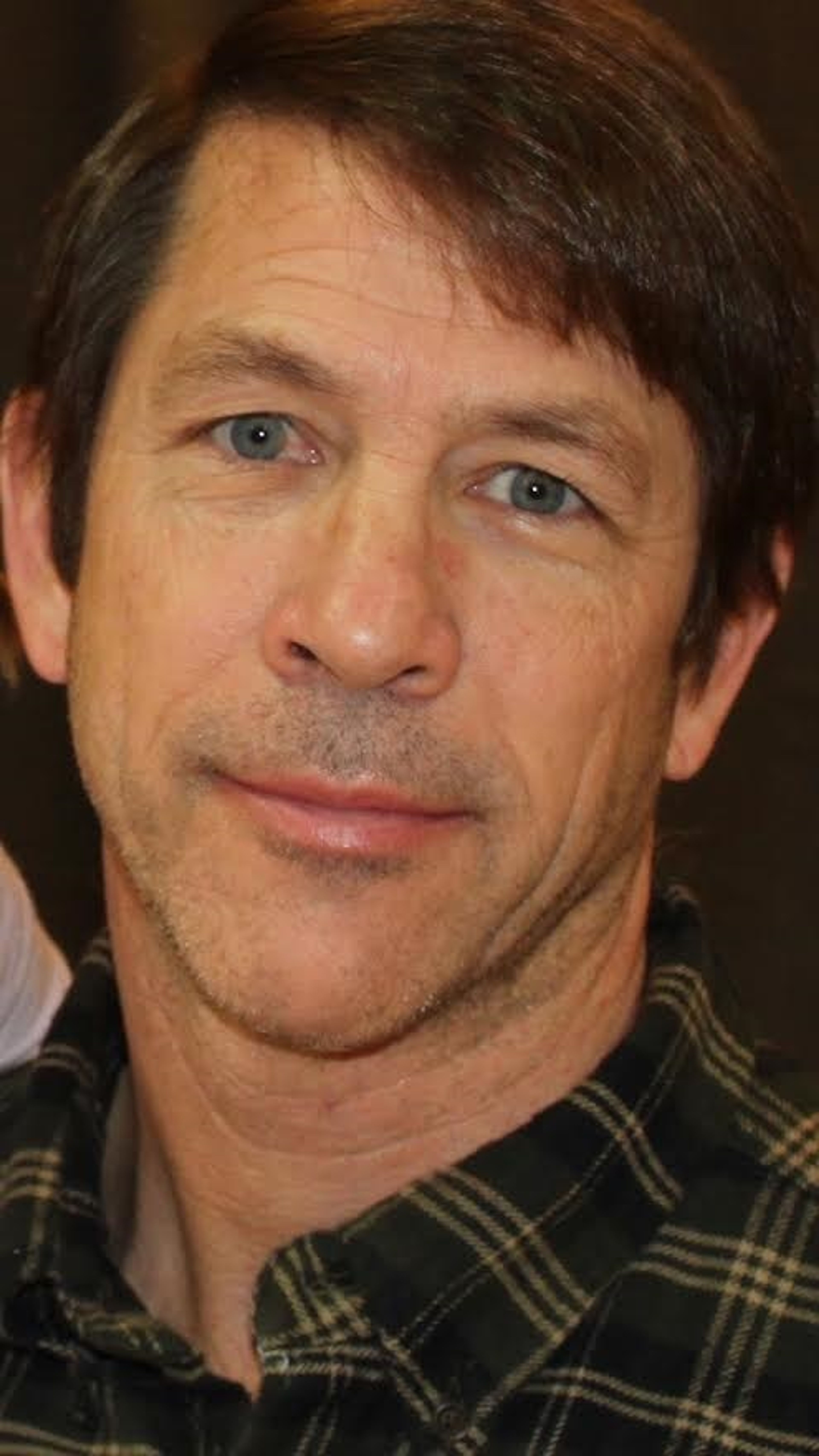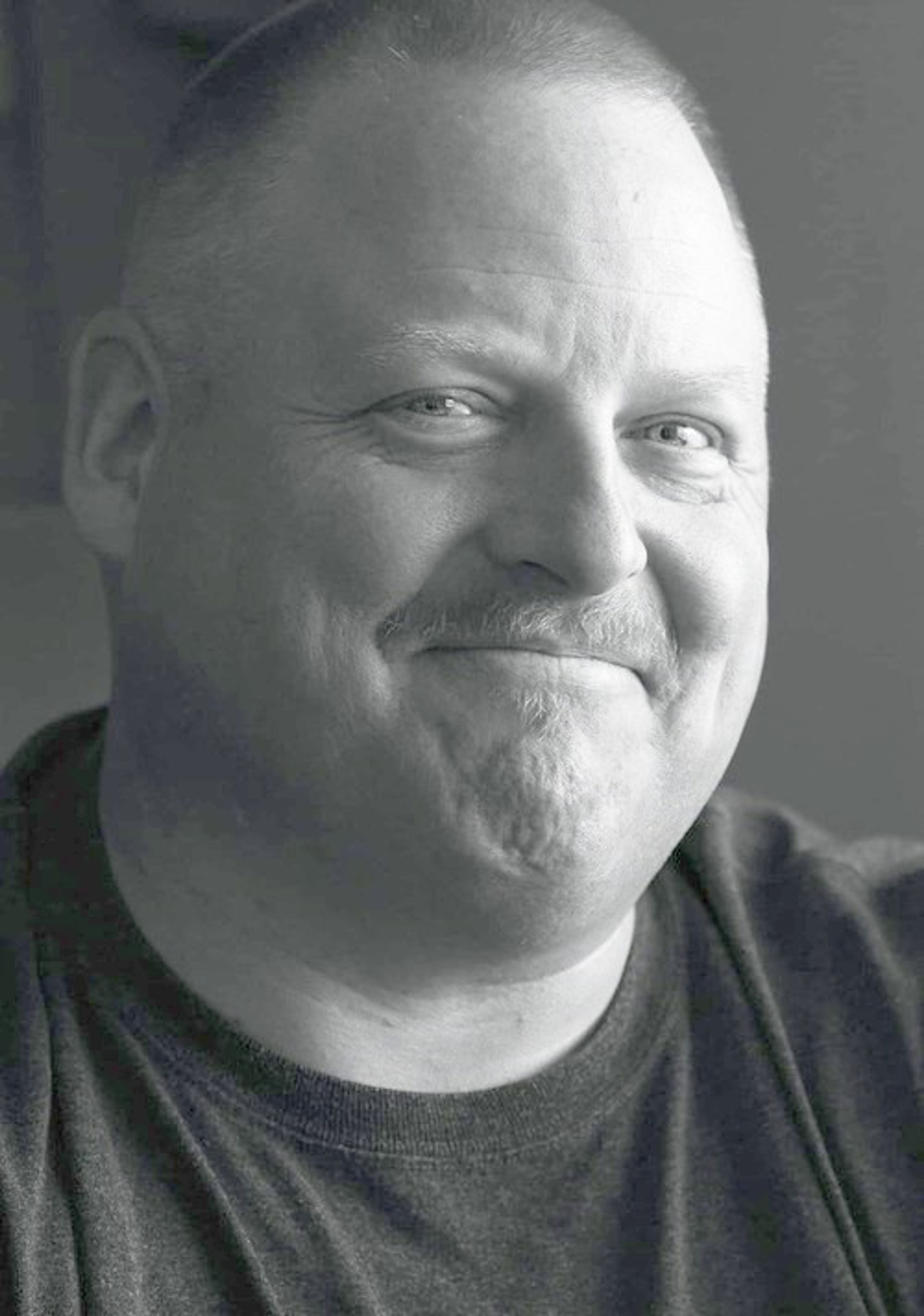More than 15 years ago, my husband and I purchased a point-of-use (POU) water heater for our downstairs bathroom sink, the one farthest from our central water heater, where water took forever to run warm. It was an instant hit. No more waiting while a gallon or more of cold went straight down the drain.
A point-of-use water heater is different from an “instant” or “tankless” water heater, which is also a good choice. Those use gas or electricity to heat the water traveling through, whereas a POU heater stores water near the sink, shower or bath where it’s used. Though there are limits with each as to how much hot water they can provide at one time, either one can be a wise investment. I can only imagine what a difference it would make if they were widely encouraged, or added to building codes for new homes or upgrades.
And if we were thinking of replacing our central water heater, we would definitely look into a new heat pump water heater. Upfront costs might be steeper, but energy and money saved over time far greater. There are major rebates and tax credits available currently for low- and middle-income households (bit.ly/47412kj).
Our first POU heater holds 2.5 gallons, more than enough for hand or face washing, shaving, etc. I say first, because we loved the first so much that we installed a second one under the kitchen sink. The volume is plenty for dishwashing, cleanup, etc.
Upstairs, meanwhile, I keep a little electric teakettle near the sink, and when I want hot water, I plug it in and heat up a cup or two while I’m brushing my teeth (tap off, except to rinse!) Then I pour the hot water over my facecloth. I’m compulsive, I know, but I save water, twice a day, every day.
Our two POU heaters, bought locally, cost about $250 each. They’ve been maintenance free. Online you can find them cheaper or more expensive, but I figure it’s always good for the installer to be familiar with the product, so I’d go local again. I’m not sure what the dollar amount saved has added up to over the years, but I know we’ve wasted a lot less water. And the time savings and convenience have multiplied the dollar value many times over.
There are more habits we’ve acquired, which have cost us nothing: While we might use the dishwasher when the kids visit, or we have company, that popular adage about how handwashing dishes uses more water than the machine? That’s baloney, unless you’re running the tap the whole time. We use two dish tubs in the sink, one for soapy water (silverware and glassware first, for hygiene purposes) and the second to rinse the dishes into, using the lowest effective stream. When done, we pour out the soapy water, use the cleaner rinse water to wipe down the counters (and the soapy dish tub) then leave both to drain. I measured it a few times. The average water we use is about 1.5 gallons. I don’t think there’s a dishwashing machine that beats that.
My husband and I have taken to doing the dishes by hand, usually together because it’s good for our marriage. One of us will say, “Do you want to help me with these now, or do them by yourself later?” Then we have a few minutes to grouse about something or other, till one of us asks, “How long shall we argue about this?” Overall, it’s great for bonding.
A bathroom ritual we observe is: “If it’s brown, flush it down; if it’s yellow, let it mellow” (but put the lid down.) I’ll admit, this makes some people squeamish, but seriously? Flushing our toilets with potable water? Outrageous in much of the world.
There are other simple habits to save water in the home. Like my friends who use the dog bowl water on the plants before they freshen it. Or catching the “warming-up” water in the tub or shower with a bucket to be used elsewhere.
Personally, if I’m dirt-covered, sweaty or smelly, of course I shower. But those who habitually shower every single day, whether they need it or not are, in my opinion, breaking an important rule of skin and hair health: If you don’t look, feel, or smell dirty, leave your skin and hair alone. You’re just fattening the shampoo, conditioner, and soap industries’ bottom line, and wasting all those plastic containers. I think this goes for laundry too. If it doesn’t smell dirty or look dirty, the fabric will last longer without unnecessary washings.
And now, can I have one more little rant, about a super-duper water-waster, and its simple solution? If you have a dripping faucet anywhere on your premises, get it fixed.
Hear more about our region’s water challenges, signs of progress, and people and projects that are making a difference by attending the 20th anniversary of the Palouse Basin Water Summit from 4:30-8:30 p.m. Thursday at the SEL Event Center in Pullman. For details visit palousebasinwatersummit.org.
It’s free and fun. (I’ve been.) You’ll learn lots and be further inspired to treat our water as the precious resource that it is.
Leffingwell, who writes regularly about “Lightening up: downsizing without moving or dying,” has also looked for ways to save water ever since she hauled her own, using gallon jugs, at the cabin she owned for several years in Alaska. Saving Green is a column spearheaded by the Citizens Climate Lobby and city of Moscow’s Climate Action Working Group, working together to gather and share ideas to lighten our impact on the environment. With suggestions or questions about this column, visit the Citizens’ Climate Lobby-Palouse Chapter at cclpalouse.org.








